The Reality Check Nobody Wants to Face

Remember when backpacking through Europe cost pocket change and staying in decent hotels didn’t require a small loan? Those days are rapidly disappearing. Travel costs are becoming a luxury that many can no longer afford, with domestic travel in some countries being 12% higher than just last year. Recent studies ranking 131 countries by daily travel budgets reveal shocking disparities, with some destinations now requiring over $300 per day just to survive. What’s really concerning isn’t just the numbers – it’s the speed at which these destinations are pricing out ordinary travelers. Food costs alone have jumped 49.2% over the past decade, rising faster than overall inflation. The travel industry is experiencing what economists call a “stratification effect,” where certain countries are becoming exclusive playgrounds for the wealthy while everyday tourists get shut out. Think of it like watching your favorite neighborhood café slowly transform into a Michelin-starred restaurant – same location, completely different crowd.
Barbados: Paradise with a Price Tag That Hurts
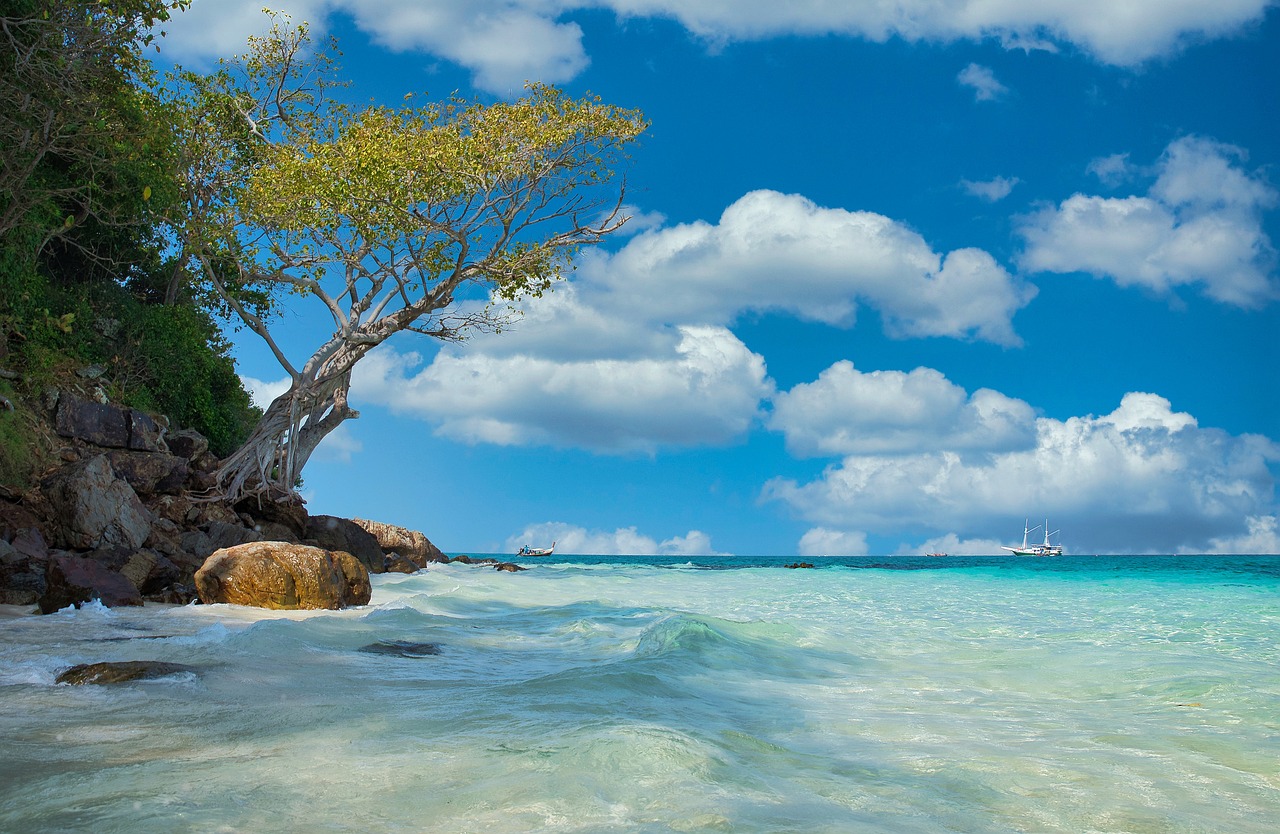
Barbados tops the list as the world’s most expensive travel destination, requiring an average daily budget of $330 and catering to high-end travelers with luxury resorts and exclusive beachside experiences. This beautiful Caribbean island has essentially priced itself out of reach for middle-class tourists. While it offers everything you could want from paradise – palm-tree lined white sand beaches and gleaming waters – that paradise comes at a premium. The entire Caribbean region dominates the most expensive travel list, with Antigua and Barbuda requiring £248 daily and Saint Kitts and Nevis demanding £217. The economic model here has shifted dramatically – these islands now depend on a small number of ultra-wealthy visitors rather than volume tourism. What used to be accessible tropical getaways have transformed into exclusive resorts where a week’s vacation can cost more than many people’s monthly salary.
Switzerland: Where Your Wallet Goes to Die
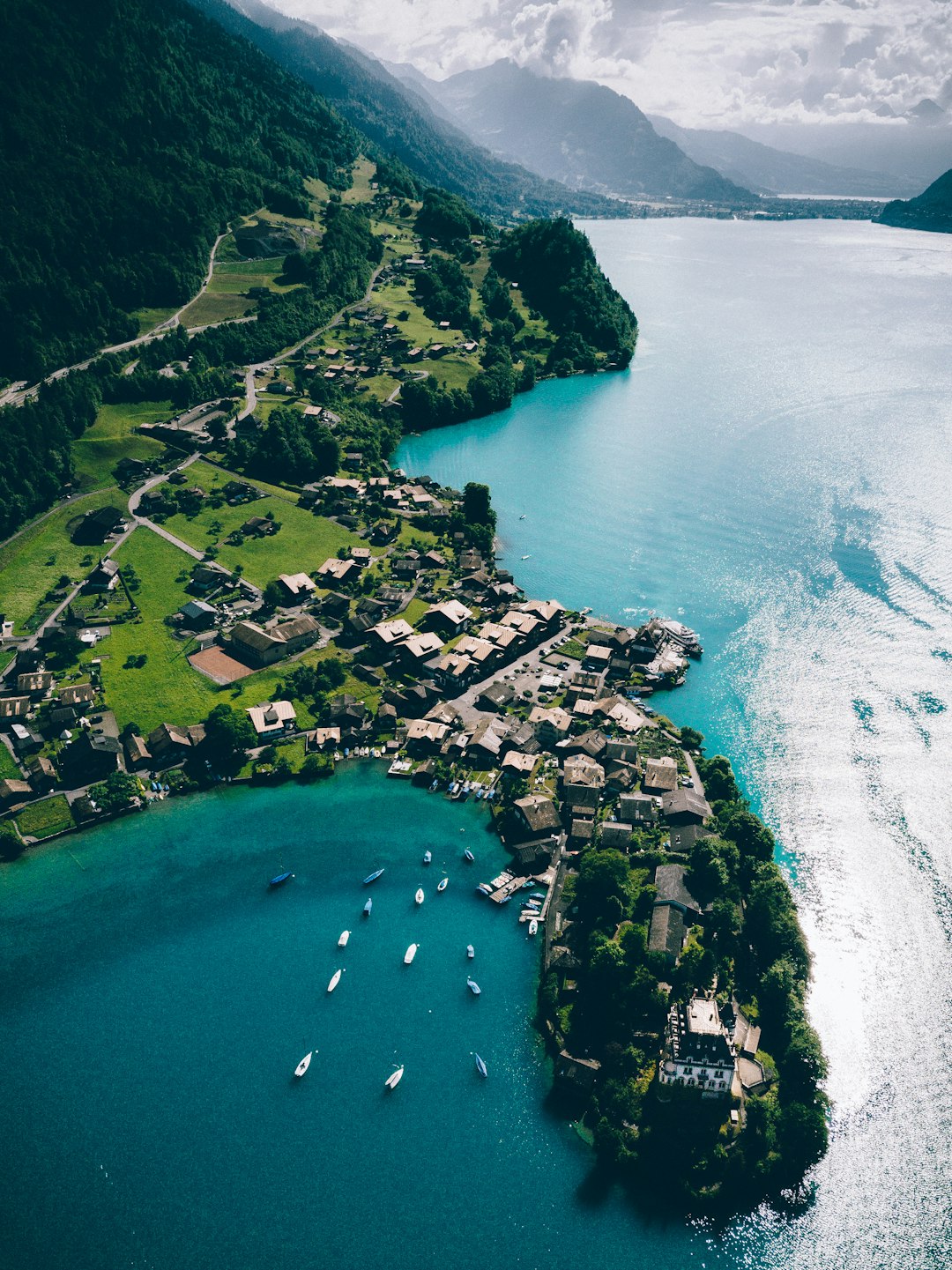
Switzerland remains one of the world’s most expensive travel destinations, known for its stunning Alpine scenery, high standard of living, and neutrality, with tourism driving up accommodation costs significantly. Swiss cities dominate expensive travel rankings, with Zurich requiring $112.6 daily and apartment prices averaging €13,500 per square meter – the second highest in Europe behind Geneva. Even basic living costs are staggering, with average rent ranging from CHF 2,000-3,000 monthly and grocery bills for families reaching CHF 800-1,000 per month. The country’s strong currency and high wages create a perfect storm for visitors. Switzerland registers the highest food prices in the European Union, making even simple meals prohibitively expensive. Think of Switzerland as the country where a cup of coffee costs more than some people’s hourly wage – beautiful to visit, brutal on budgets.
Norway: Nordic Beauty at Nordic Prices
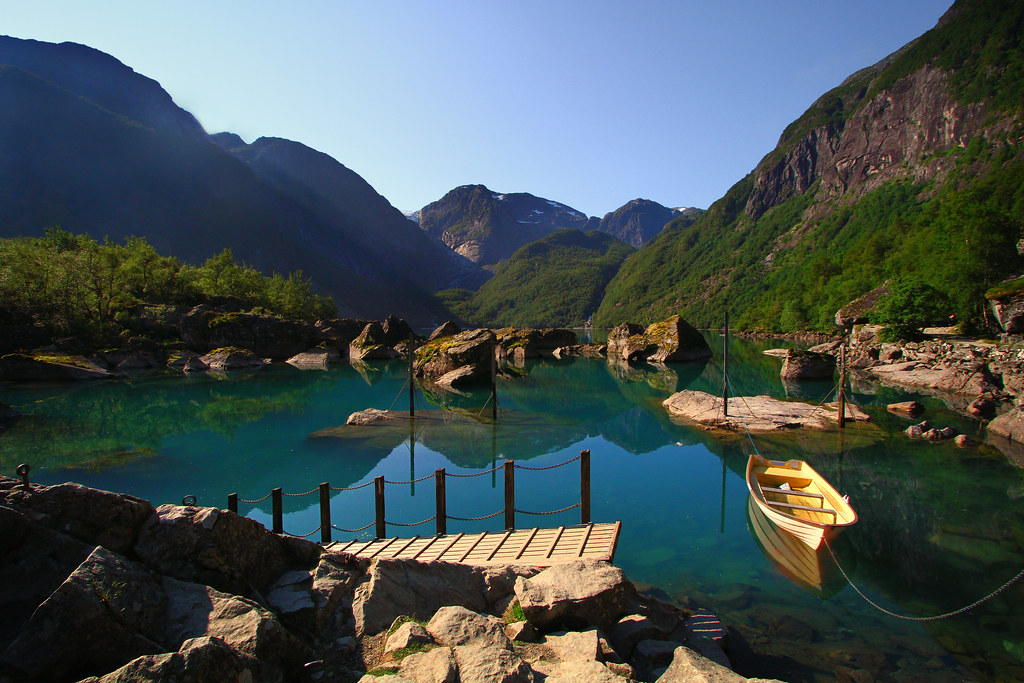
Norway combines stunning fjord scenery with oil wealth and high living standards, but tourism drives up accommodation and travel expenses significantly. Oslo appears in top expensive city rankings with high-tax, high-service Nordic economics, where consumer goods, dining, and alcohol are expensive due to high wages and taxes. Average monthly housing costs around $952, with grocery bills ranging NOK 5,000-7,000 and public transport passes costing NOK 700-1,000. Much of Norway’s collective wealth resides in its trillion-dollar sovereign wealth fund, which benefits citizens but doesn’t help tourists with sky-high prices. Oslo ranks as one of the most expensive European cities to visit according to multiple cost indexes. The irony is that Norway’s success in managing its oil wealth has created prosperity that makes it unaffordable for outsiders to experience.
The Maldives: Instagram Paradise, Real-World Nightmare for Budgets
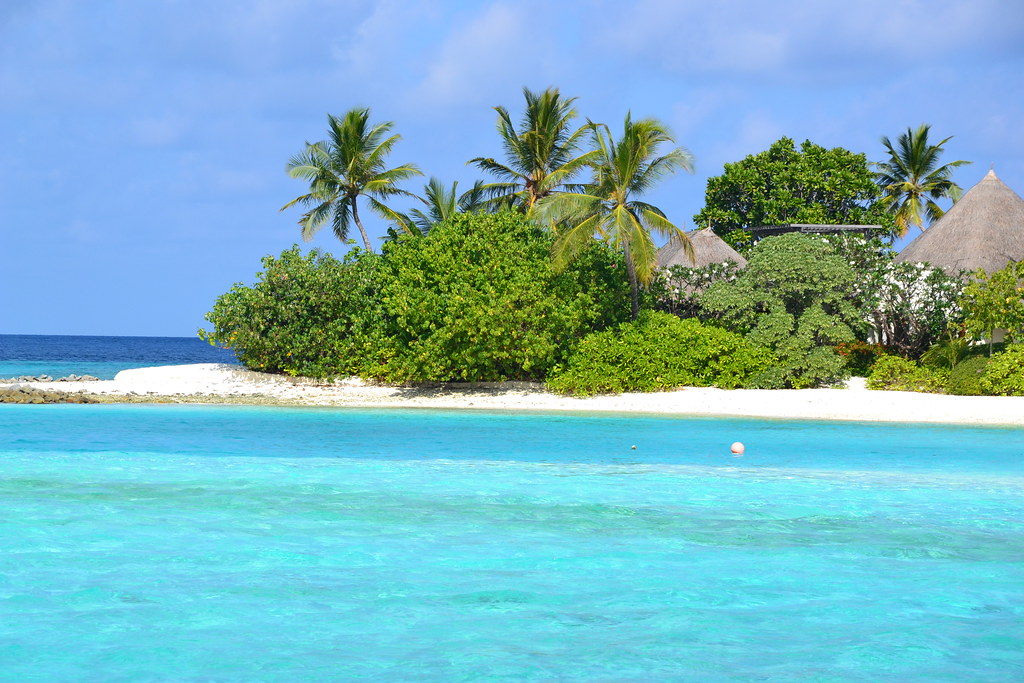
The Maldives requires $267 daily, featuring 1,192 coral islands with a “one island, one resort” concept, where most visitors transfer via expensive seaplanes costing $500 round-trip or speedboats. The destination set tourism records with 1.97 million visitors in 2024, but hotels like the Ritz-Carlton charge $1,500-$2,000 nightly, while the Conrad’s underwater bedroom starts at $9,999 per night. The country has perfected luxury isolation, but this exclusivity comes with crushing costs. Every meal, every drink, every activity carries premium pricing because you’re literally trapped on a private island. While it’s possible to visit during off-season (May to October) for lower costs, even “budget” options remain expensive. The Maldives represents the extreme end of destination inflation – a place so focused on luxury that budget travel has become virtually impossible.
United States: The Domestic Disaster
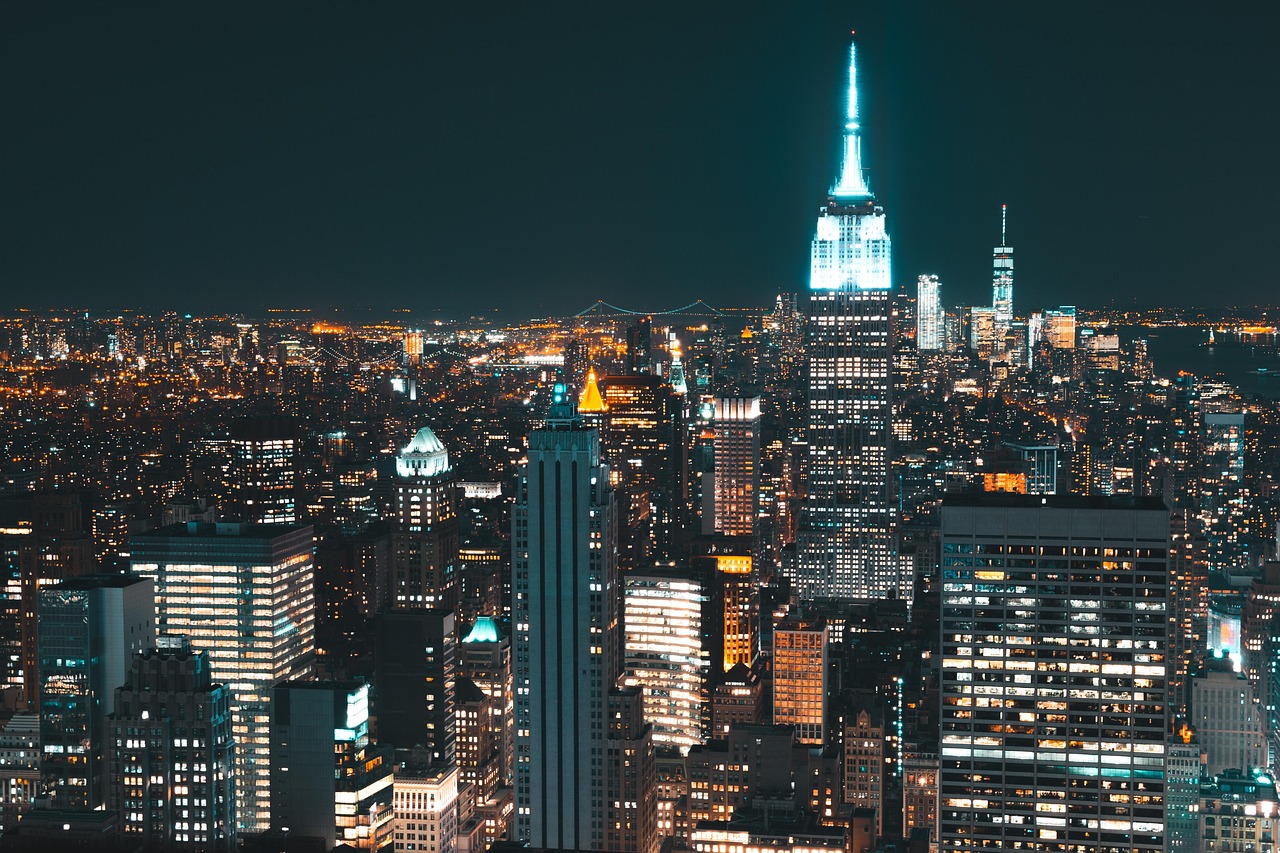
Major US tourist destinations drive high daily averages, with Manhattan hotel rooms averaging $350 nightly, Universal Studios tickets reaching $120 daily, and domestic flights costing hundreds between distant cities, plus emergency room visits potentially exceeding $1,000 without insurance. Domestic US fares are about 12% higher than last year and expected to stay above 2023-2024 levels until at least mid-year, making it a more expensive year for domestic travel. The US ranks seventh most expensive globally, but costs vary dramatically – ski resort towns like Aspen average $761.39 per day, Park City costs $710.08 daily, followed by Maui ($680.24) and Montauk ($617.65). Even supposedly “affordable” American destinations are becoming budget-busters. The country that once symbolized accessible travel dreams has priced out its own citizens, let alone international visitors.
Monaco: Where Money Goes to Show Off
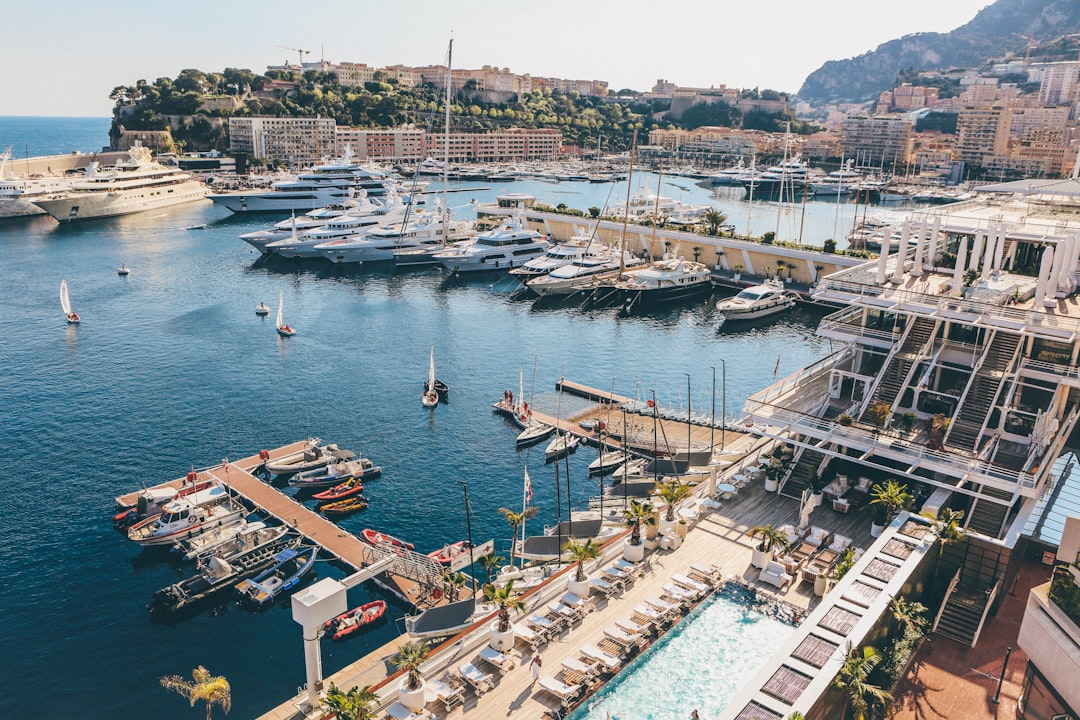
Monaco tops Europe’s most expensive cities with a cost index of 136.5, attracting ultra-wealthy residents through tax-haven status with no income tax, creating a feedback loop where land scarcity and high demand drive premium pricing across all goods and services designed for high-net-worth individuals. This tiny principality functions more like an exclusive club than a travel destination. For the ultra-wealthy, a single night in the Royal Mansion at Atlantis The Royal, Dubai costs $100,000, while Monaco offers similar luxury experiences. The microstate has essentially become a luxury brand where even basic necessities carry premium price tags. Visiting Monaco isn’t just expensive – it’s a statement that you belong to a financial elite that most travelers can never join. The average tourist budget simply doesn’t compute in an economy designed for billionaires.
Iceland: Isolation Equals Inflation

Iceland’s remoteness results in much higher prices for consumer goods than mainland Europe due to shipping costs, though the country consistently ranks as the world’s safest, which helps balance its high cost of living. Reykjavik’s isolation and reliance on imports compound costs, while providing some of the world’s cleanest air and highest quality of life, but frugality is not easily achieved. The country faces a unique geographic challenge – everything must be imported to an island in the North Atlantic. Iceland appears on multiple lists as significantly more expensive than other European destinations, alongside Switzerland and Ireland. Think of Iceland as nature’s premium subscription service – you pay extra for the isolation and pristine environment, but the costs can be shocking for unprepared visitors.
The United Arab Emirates: Desert Dreams, Wallet Nightmares
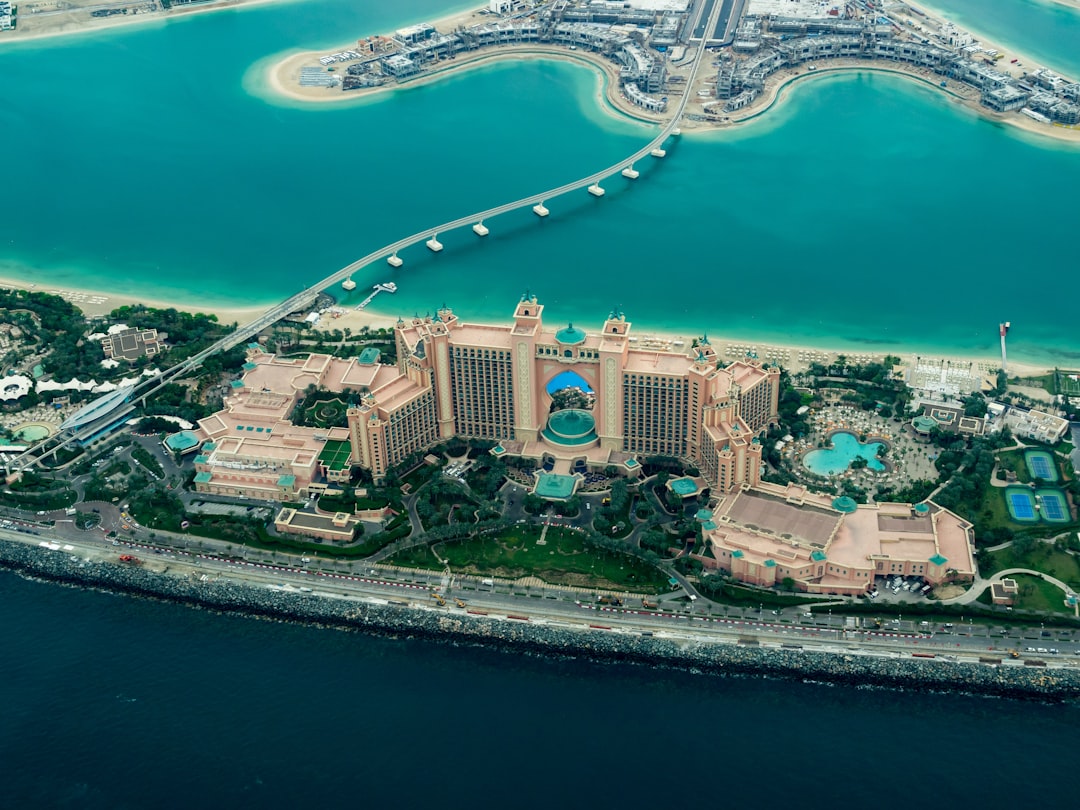
The UAE ranks as the most expensive country to visit in mainland Asia, beating neighboring Oman and Qatar, with high costs due partly to the lavish and luxurious nature of Dubai and Abu Dhabi, both cities with reputations for opulence. The country has built its tourism industry around excess and luxury, making budget travel nearly impossible. Dubai and Abu Dhabi compete to offer the most expensive experiences on Earth, from gold-plated everything to hotels that cost more per night than most people’s cars. The UAE has successfully marketed itself as a playground for the wealthy, but this positioning has made it completely inaccessible for average travelers. Even mid-range options carry premium pricing because the entire infrastructure caters to high-spending visitors.
France: Liberty, Equality, Expensive-ity
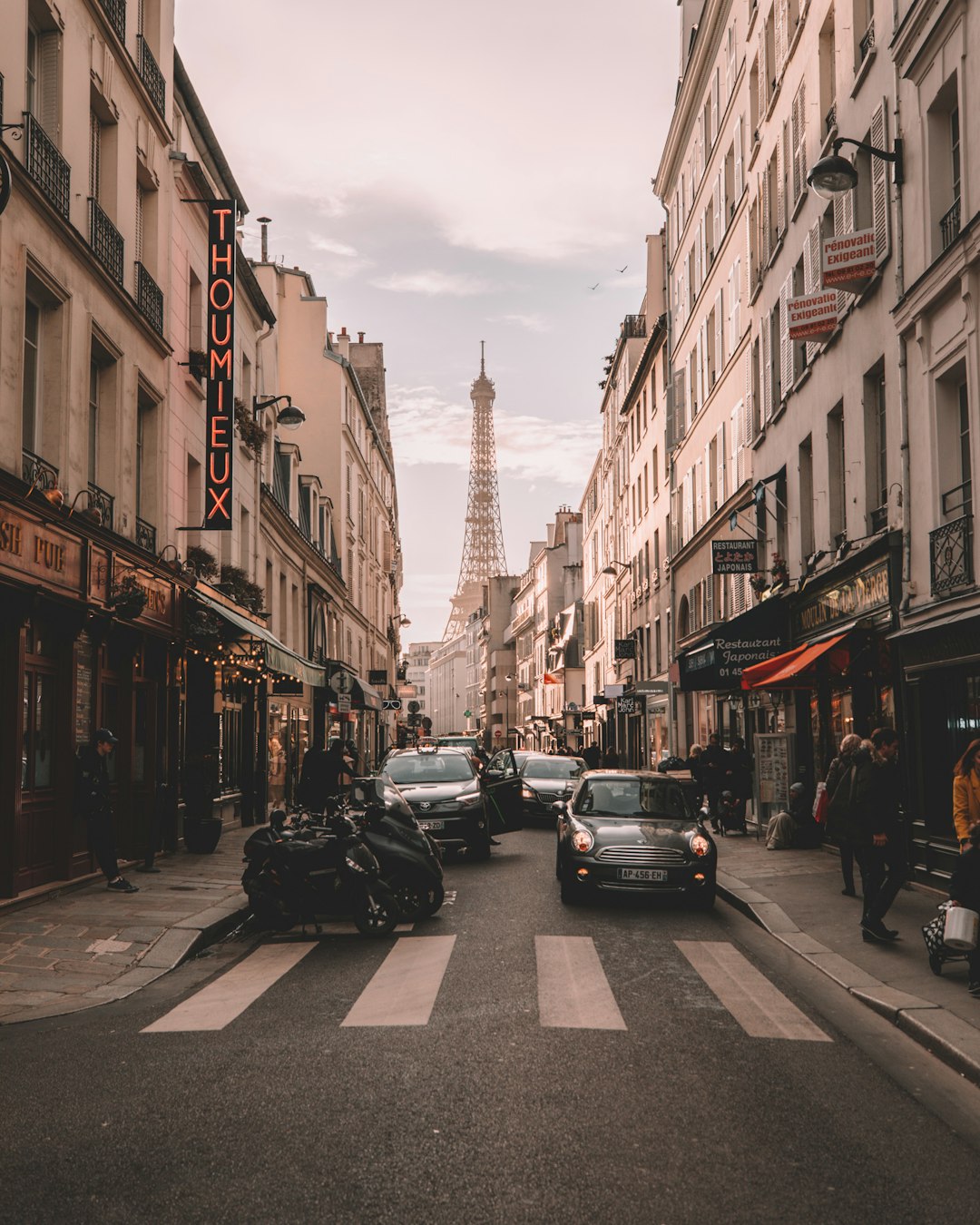
France places four cities in the top 20 most expensive European destinations: Paris ($88.4), Nice ($82.4), Lyon ($79.4), and Marseille ($79.0), with Paris leading through extortionate real estate and Nice benefiting from Riviera appeal, while France’s high social contributions and regulated labor market add to business costs passed on to consumers. The country has undergone a dramatic pricing transformation over recent years. What once offered excellent value for travelers has become increasingly expensive across all regions. Popular destinations like France generally have higher price levels according to multiple travel cost indexes. Even smaller French cities that were once budget-friendly alternatives to Paris now command premium prices. The infrastructure and quality remain excellent, but the costs have risen to levels that put France out of reach for many international visitors who once considered it an accessible European destination.
Germany: Economic Powerhouse, Tourist Pocket-house
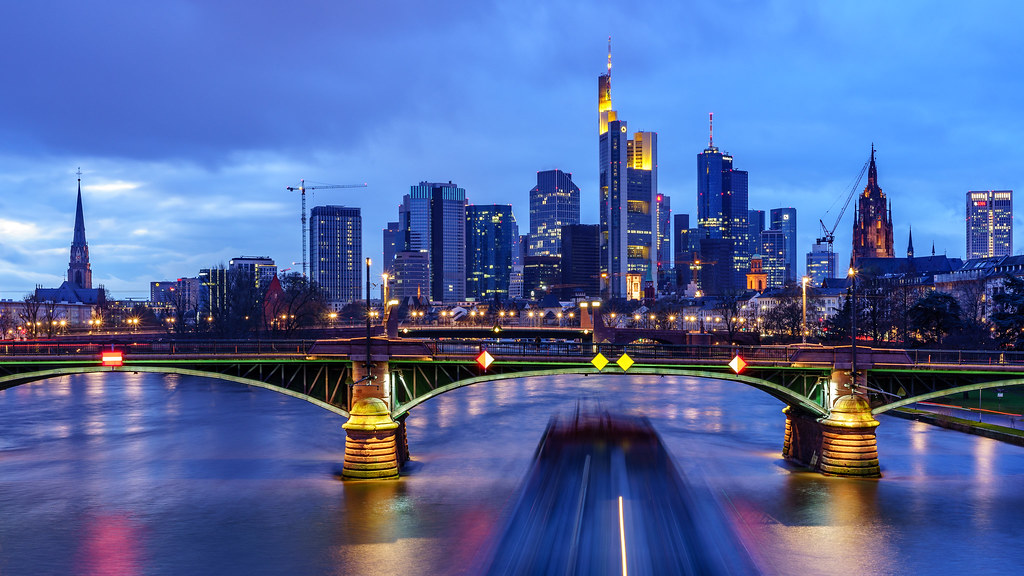
Germany’s representation includes Munich ($81.4) and Frankfurt ($79.2), with Munich’s tech and finance center status combined with dire housing shortages inflating prices dramatically, while Frankfurt’s European Central Bank presence creates pressure from financial elite and EU bureaucrats. Germany ranks 29th globally among most expensive countries, with basic utilities working out to around $290 monthly for standard apartments, though groceries and restaurant prices remain comparatively low. Munich consistently ranks as Germany’s wealthiest major city with diverse economy spanning automobile manufacturing, technology, and finance, maintaining the country’s lowest unemployment rate and highest purchasing power, with the metropolitan region boasting GDP per capita around €65,300. Even cities that weren’t traditionally expensive have seen dramatic price increases driven by economic success and international business presence.
Countries Fighting Hyperinflation: When Travel Becomes Impossible

Venezuela faces inflation rates between 180-200%, where people cut spending because salaries can’t keep up, creating a “truly dramatic outlook” of skyrocketing inflation and significant recession prospects. Venezuela experienced hyperinflation exceeding 1,000,000% by 2018, with the IMF estimating rates reaching 10,000,000% by 2019, making it the most miserable economy globally. Argentina’s inflation reached 100% in 2022 and 143% by November 2023, with 55% of children living below poverty line and over 18 million citizens unable to afford basic goods. Turkey’s lira crashed from 3.8 to 33.7 against USD between 2018-2024, with inflation dropping from 71% to 61% but remaining cripplingly high, while over half the population survives on around $500 monthly. These countries represent extreme cases where inflation has made travel virtually impossible, not due to luxury pricing but economic collapse.
The Caribbean Cartel: When Paradise Prices Out Everyone

Small island nations face high costs driven by limited resources and imported goods, with Saint Kitts and Nevis featuring an economic citizenship program elevating its profile among wealthy travelers, while the Southeast Peninsula houses luxury developments and Nevis offers plantation-style accommodations like Four Seasons Resort where rooms frequently surpass $600 nightly. Micronesia requires $248 daily across 607 Pacific islands, with remoteness defining costs as most visitors arrive through expensive routes via Guam or Hawaii, while limited accommodation competition and imported goods via expensive shipping routes keep prices high. The Caribbean has essentially transformed from a region of accessible tropical vacations into an exclusive luxury market. Island economies have discovered they can make more money from fewer, wealthier visitors than from volume tourism. This economic shift has permanently altered the travel landscape for these destinations.
The Asian Exception: Where Bargains Still Exist

Travel to Asia offers the cheapest options in three years, with average airfare down 7% year-over-year, including hot destinations like Sapporo (search interest up 31% but airfare down 19% to $1,230) and Osaka (fares down 14% to $1,233). Hotel rates in Asia-Pacific are expected to be 11% lower in early 2025, as airfare pulls back from pandemic highs due to Asian nations being slower to reopen borders and airlines now adding flight routes, boosting supply and lowering prices. Asia stands as the notable exception to global travel inflation trends. Like Asia, Caribbean travel is also the cheapest in three years with airfare down 17% compared to 2024, though this conflicts with earlier Caribbean pricing data. Many budget-friendly destinations are found in Asia and Africa where lower costs for food, accommodation, and transport make travel affordable, though travelers should consider infrastructure challenges, health precautions, and mosquito-borne diseases in tropical locations.
The Economic Reality Behind Rising Travel Costs
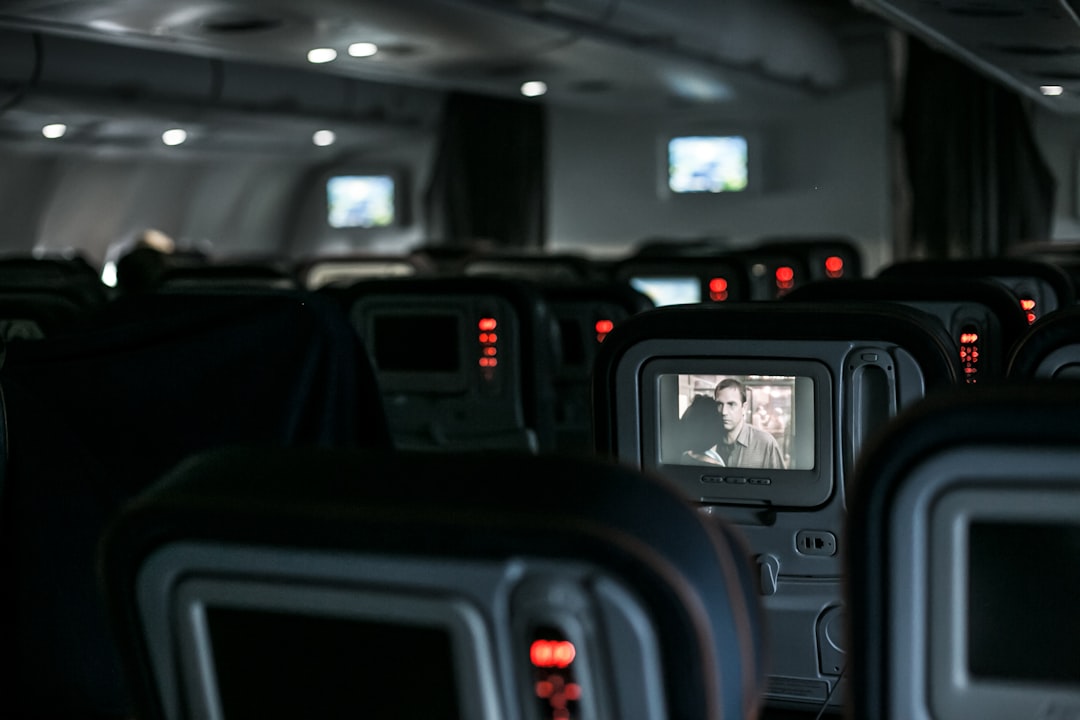
With travel costs rising and consumer spending power declining, travelers are adjusting plans accordingly, while roughly six in ten travel suppliers consider rising costs the most significant business tourism issue, and inflation still ranks among the world’s most important problems. Boeing 737-9 MAX groundings and Airbus production struggles due to component shortages have created aircraft supply shortages, impacting airlines worldwide with insufficient supply to meet demand, ultimately meaning higher consumer prices. From 2027, most flights will be subject to carbon offsetting schemes, while EU airports must increase Sustainable Aviation Fuel from 2% in 2025 to 70% by 2050. The travel industry faces multiple simultaneous pressures: supply chain disruptions, environmental regulations, aircraft shortages, and post-pandemic demand surges. These aren’t temporary price fluctuations – they represent structural changes that will permanently alter travel costs. Thailand will join 60-plus destinations charging tourist taxes from mid-2025, while Venice’s day-tripper tax increases from €5 to €10 in April 2025.
Looking at these destinations, it’s clear we’re witnessing a fundamental shift in global travel accessibility. Countries that were once within reach of middle-class budgets have transformed into exclusive playgrounds for the wealthy. The combination of inflation, limited supply, and luxury positioning has created a new travel reality where many destinations are simply off-limits to average travelers. Have you checked your travel bucket list lately to see which dreams might now be financially impossible?





